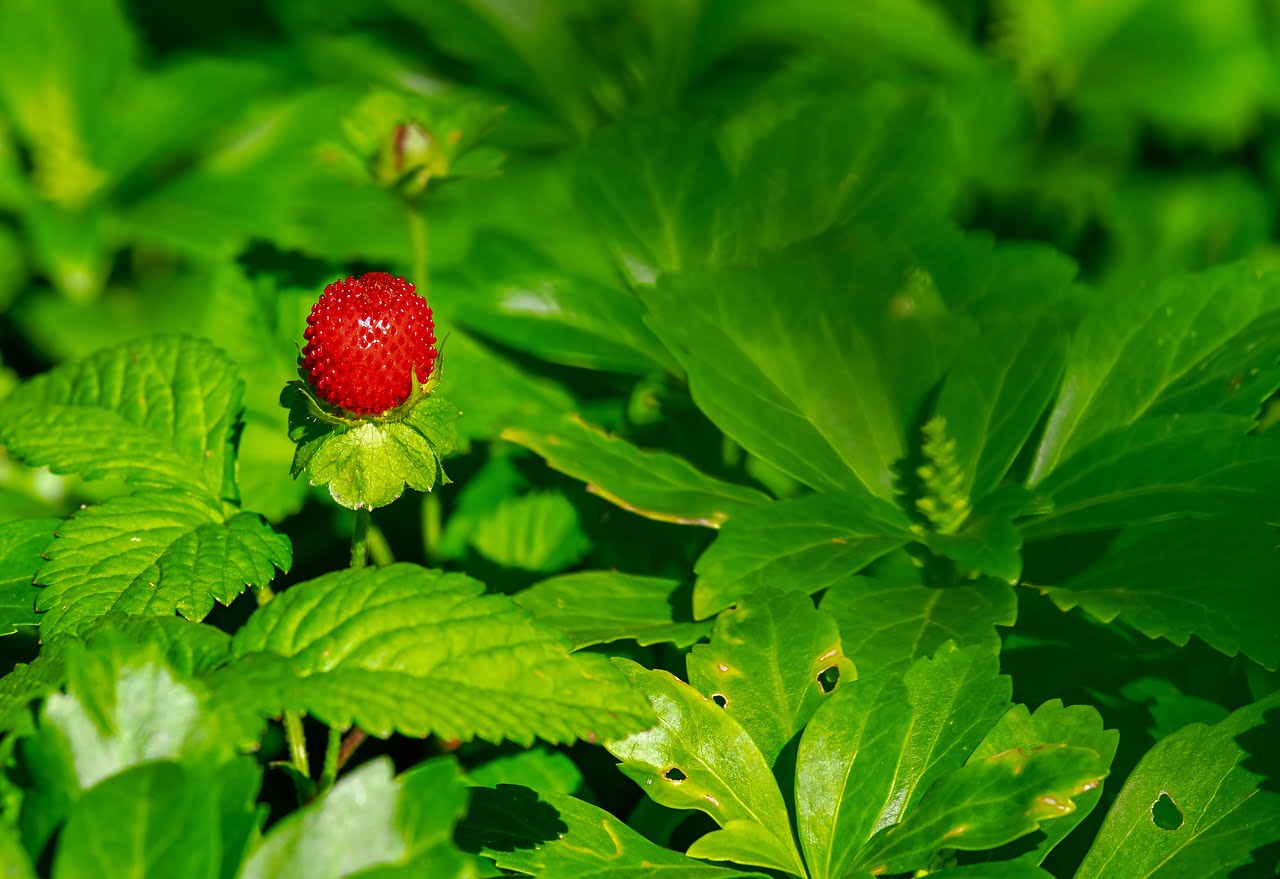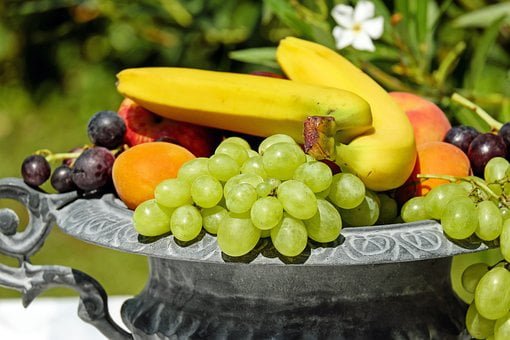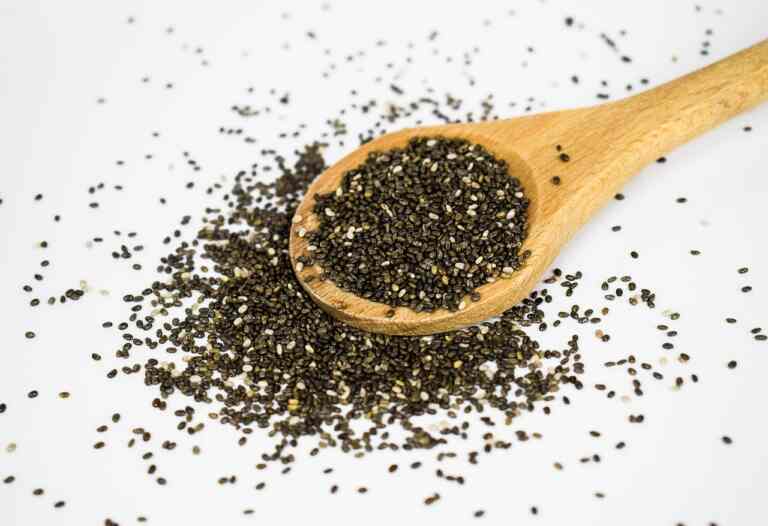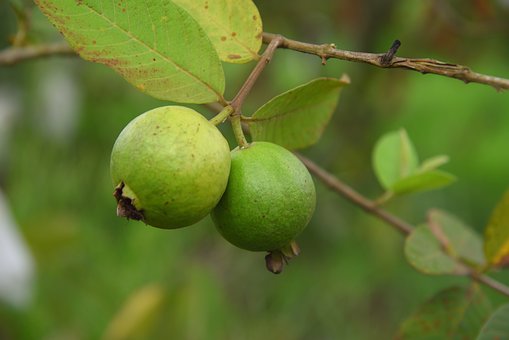Can we eat strawberry leaves?
Can we eat strawberry leaves? Yes, strawberry leaves are generally safe to consume. They are not toxic to humans and can be eaten raw or used in cooking. However, they have a slightly bitter taste and are usually not as palatable as the sweet, juicy fruit they accompany. Some people use strawberry leaves to make tea or incorporate them into salads for added nutrition.
It’s essential to wash the leaves thoroughly before consuming them to remove any dirt or pesticides. While they are safe for most people, individuals with allergies to plants in the Rosaceae family (which includes strawberries) should avoid consuming strawberry leaves to prevent allergic reactions. Always consult with a healthcare professional if you have concerns about food allergies or if you’re unsure about consuming certain plant parts.
Exploring the Edibility of Strawberry Leaves
Strawberries, beloved for their sweet and succulent fruits, also boast leaves that have piqued the curiosity of culinary enthusiasts and health-conscious individuals alike. This exploration delves into the edibility of strawberry leaves, shedding light on their safety, nutritional value, and creative applications in the culinary world.
**1. Botanical Background: Understanding the strawberry plant’s anatomy and the composition of its leaves.
**2. Nutritional Profile: Uncovering the vitamins, minerals, and antioxidants found in strawberry leaves, and their potential health benefits.
**3. Traditional Uses: Exploring historical and cultural uses of strawberry leaves in traditional medicine and cuisine across different cultures.
**4. Modern Culinary Applications: Innovative recipes and techniques that incorporate strawberry leaves into salads, teas, desserts, and more.
**5. Safety Considerations: Addressing concerns related to allergies, pesticide residues, and proper preparation methods for consuming strawberry leaves.
Are Strawberry Leaves Safe to Eat?
Yes, strawberry leaves are generally considered safe to eat. They are not toxic to humans and can be consumed without causing harm. However, there are a few considerations to keep in mind:
- Allergies: Some individuals may be allergic to plants in the Rosaceae family, which includes strawberries. If you have known allergies to strawberries or related plants, it’s best to avoid consuming strawberry leaves to prevent allergic reactions.
- Pesticides: If you’re foraging wild strawberry leaves, be cautious about pesticide residues. It’s crucial to wash the leaves thoroughly before consumption to remove any potential chemical residues or contaminants.
- Digestibility: While strawberry leaves are not toxic, they can be tough and have a slightly bitter taste. Many people find them more palatable when used in teas or as flavorings rather than eaten raw.
- Preparation: When using strawberry leaves in cooking or teas, it’s best to use young, fresh leaves. Older leaves might be tougher and less pleasant to eat.
Always ensure that you have positively identified the plant as a strawberry plant before consuming its leaves, especially if you are foraging in the wild. If you have any doubts or concerns, it’s advisable to consult with a local expert or a botanist.
Nutritional Value and Health Benefits of Strawberry Leaves
Nutritional Composition:
Strawberry leaves, often overlooked, are a source of various essential nutrients, including:
- Vitamins: Strawberry leaves contain vitamins C, K, and E. Vitamin C is vital for immune health, vitamin K plays a crucial role in blood clotting, and vitamin E is a potent antioxidant.
- Minerals: These leaves provide minerals such as calcium, magnesium, and potassium, which are essential for bone health, muscle function, and maintaining electrolyte balance.
- Antioxidants: Strawberry leaves are rich in antioxidants, including flavonoids, quercetin, and catechins, which help combat oxidative stress and inflammation in the body.
- Fiber: They contain dietary fiber, promoting digestive health and aiding in weight management.
Health Benefits:
- Anti-inflammatory Properties: The antioxidants in strawberry leaves have anti-inflammatory effects, potentially reducing the risk of chronic diseases linked to inflammation.
- Digestive Support: The fiber content aids digestion, prevents constipation, and supports a healthy digestive system.
- Heart Health: Potassium in strawberry leaves helps regulate blood pressure, reducing the risk of cardiovascular diseases.
- Immune Support: Vitamin C boosts the immune system, enhancing the body’s ability to fight infections.
- Bone Health: Vitamin K is essential for bone health as it helps in calcium absorption and bone mineralization, reducing the risk of osteoporosis.
- Stress Reduction: Compounds like quercetin may have calming effects, potentially aiding in stress reduction and promoting relaxation.
- Diuretic Properties: Some herbal traditions use strawberry leaf tea as a diuretic, promoting the flushing out of toxins from the body.
Ways to Incorporate Strawberry Leaves:
- Herbal Teas: Strawberry leaf tea is a popular and flavorful way to enjoy the benefits of these leaves. It can be consumed hot or cold and may be sweetened with honey or other natural sweeteners.
- Salads: Finely chopped young strawberry leaves can be added to salads for a nutritional boost.
- Infusions: Strawberry leaves can be infused in water, creating a refreshing beverage with a subtle herbal taste.
- Smoothies: Add fresh or dried strawberry leaves to smoothies for added nutrients without significantly altering the taste.
Incorporating strawberry leaves into your diet can provide a range of nutrients and potential health benefits. However, it’s essential to ensure they are sourced from a safe, pesticide-free environment and consumed in moderation, especially if you have allergies or underlying health conditions. Always consult a healthcare professional or nutritionist if you have concerns about incorporating new foods into your diet.
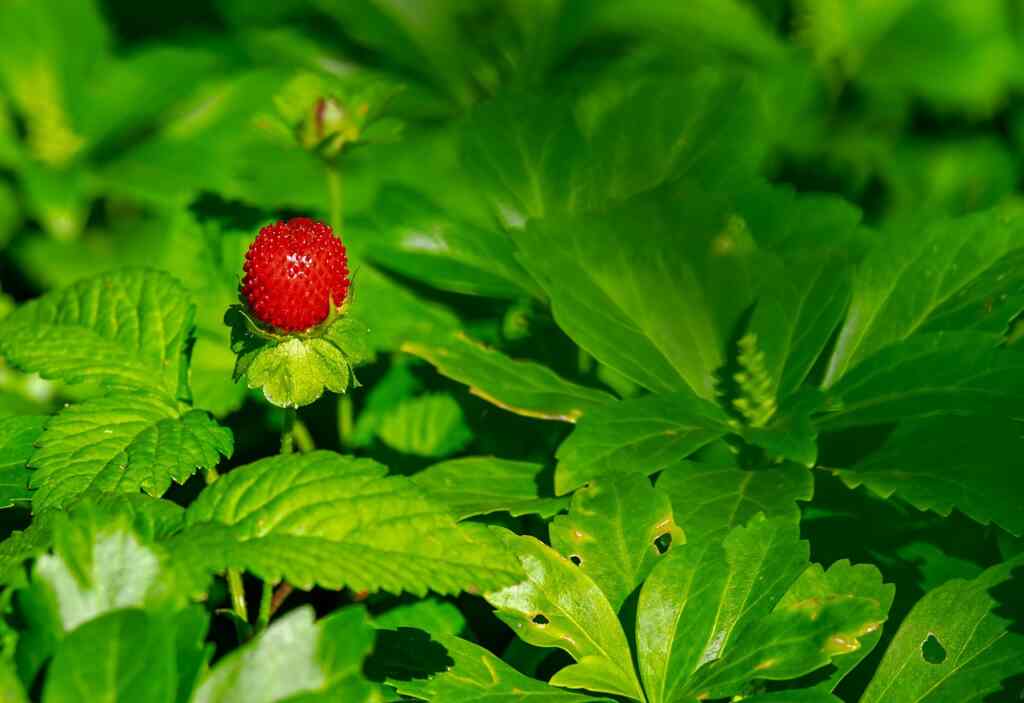
Culinary Uses and Recipes with Strawberry Leaves
1. Strawberry Leaf Tea: Ingredients: Fresh strawberry leaves, hot water, optional honey or lemon. Boil water and pour it over washed strawberry leaves. Let it steep for 5-7 minutes. Strain, add honey or lemon for flavor, and enjoy a soothing herbal tea.
2. Strawberry Leaf Salad: Ingredients: Fresh strawberry leaves, mixed greens, strawberries, nuts, feta cheese, balsamic vinaigrette. Combine washed strawberry leaves with mixed greens. Add sliced strawberries, nuts, and crumbled feta cheese. Drizzle with balsamic vinaigrette for a refreshing salad.
3. Strawberry Leaf Pesto: Ingredients: Fresh strawberry leaves, basil leaves, garlic, pine nuts, Parmesan cheese, olive oil. Blend strawberry leaves, basil, garlic, pine nuts, and Parmesan in a food processor. Slowly add olive oil until you achieve a smooth paste. Toss with pasta for a unique pesto dish.
4. Strawberry Leaf Wraps: Ingredients: Large strawberry leaves, quinoa, roasted vegetables, hummus, avocado. Blanch strawberry leaves, then fill with cooked quinoa, roasted vegetables, a dollop of hummus, and slices of avocado. Roll into wraps for a healthy, leafy dish.
5. Strawberry Leaf Infused Water: Ingredients: Fresh strawberry leaves, water, sliced fruits (like lemon or berries). Add washed strawberry leaves and sliced fruits to a pitcher of water. Refrigerate for a few hours for a subtly flavored and refreshing drink.
Creative and Sustainable Ways to Utilize Strawberry Leaves
Strawberry leaves, often overlooked, present a canvas for culinary creativity and sustainable living. Embracing these leaves in innovative ways not only enhances our meals but also promotes environmental consciousness. Here are some creative and sustainable ways to utilize strawberry leaves:
**1. Leaf-Wrapped Delicacies: Use large, clean strawberry leaves to wrap foods before grilling or steaming. This imparts a subtle, earthy flavor to the dish while reducing the need for disposable wraps or foils.
**2. Natural Food Wraps: Create eco-friendly food wraps by coating strawberry leaves with beeswax. These wraps can be used to cover leftovers, reducing the reliance on plastic wrap.
**3. Strawberry Leaf Vinegar: Infuse vinegar with strawberry leaves to create a unique, flavored vinegar. Use it in dressings, marinades, or sauces for an added twist to your dishes.
**4. Leafy Herbal Butter: Blend finely chopped strawberry leaves into softened butter. Shape it into a log and refrigerate. Slice a medallion to top grilled meats or vegetables, infusing them with a subtle herbal essence.
**5. Natural Food Coloring: Dry and crush strawberry leaves into a fine powder. Use this powder as a natural food coloring agent for icings, desserts, or beverages, avoiding artificial additives.
**6. Compost Enhancement: Add dried strawberry leaves to your compost pile. Their organic matter enriches the compost, providing essential nutrients for plants.
Conclusion
In conclusion, the exploration of strawberry leaves reveals a wealth of culinary possibilities and health benefits. While often overshadowed by their sweet fruit counterpart, strawberry leaves offer a unique culinary experience and a range of nutrients. From herbal teas to vibrant salads and innovative sauces, the versatility of strawberry leaves in the kitchen is boundless.
Nutritionally, these leaves are rich in vitamins, minerals, antioxidants, and fiber, making them a valuable addition to a balanced diet. Their anti-inflammatory properties, digestive support, and potential stress-relieving effects further enhance their appeal from a health perspective.
However, it is essential to exercise caution, particularly concerning allergies and pesticide residues when foraging or consuming strawberry leaves. Proper identification, thorough washing, and moderate consumption are key practices to ensure safety and enjoyment.
As we continue to explore sustainable and creative culinary practices, incorporating strawberry leaves into our meals not only diversifies our palate but also promotes environmental consciousness. Utilizing leaves that are often discarded reduces food waste and fosters a sense of culinary innovation.
In essence, strawberry leaves are a reminder of the abundance and ingenuity of nature. Embracing their edible qualities not only enriches our gastronomic experiences but also encourages a deeper connection with the food we consume and the natural world around us. So, whether enjoyed in a steaming cup of tea, a crisp salad, or a refreshing smoothie, strawberry leaves invite us to savor the flavors of nature while nourishing our bodies and minds.
This article is reviewed by Russel, before publishing. If you have any doubt, you can contact us or consult with your nearby doctor. Remember, in medical matters, there is no same advice, cure, and medicine for all.

